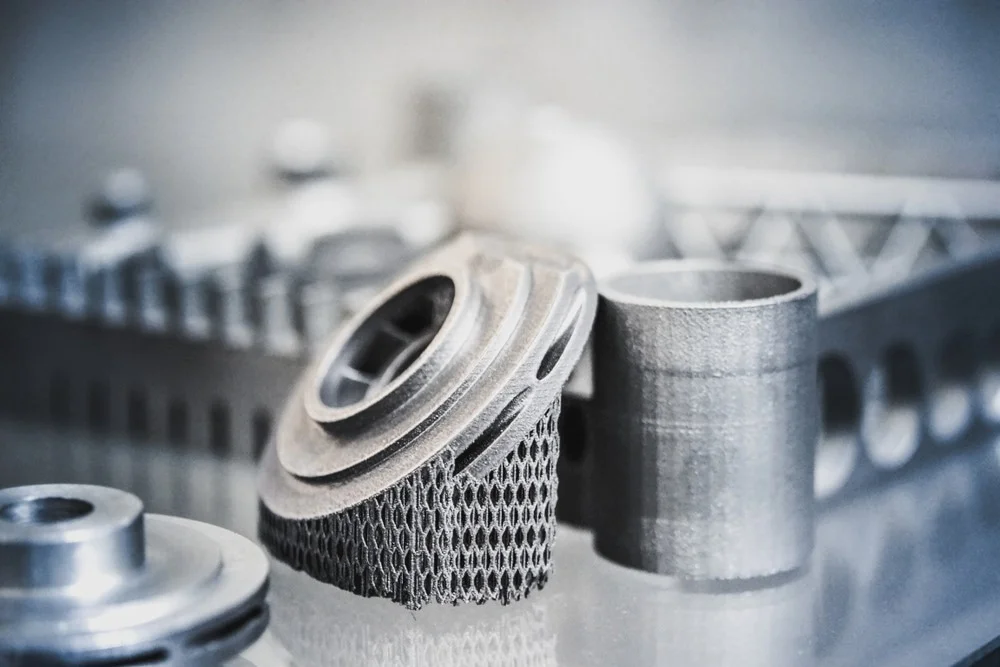ASTM E467 Verification of High-Temperature Fatigue Machines
The ASTM E467 standard is critical in ensuring that high-temperature fatigue machines are functioning accurately and reliably. This service involves a comprehensive verification process to validate the performance, accuracy, and repeatability of these machines under controlled environmental conditions. The testing aligns with international standards such as ISO 12193:2016 and ASTM E467, which provide precise guidelines for the calibration and qualification of fatigue testing equipment.
High-temperature fatigue tests are essential in industries like aerospace, automotive, and power generation where materials must withstand extreme conditions. These tests help determine the endurance limit and fatigue strength of materials under cyclic loading at elevated temperatures. Accurate verification ensures that the test results are reliable, reproducible, and compliant with industry standards.
The ASTM E467 process involves several key steps. Initially, a detailed evaluation of the machine's calibration is conducted using reference specimens. These specimens are specifically designed to meet the requirements set forth in ASTM E467 and other relevant international standards. The testing environment closely mimics real-world conditions, ensuring that the results are representative.
The verification process includes cyclic loading tests at specified temperatures, typically between 20°C and 1000°C, depending on the material being tested. Specimen preparation is crucial; it involves precise cutting of samples to ensure they meet the exacting standards outlined in ASTM E467. The specimens are then subjected to a fatigue test where their behavior under cyclic loading is observed.
The instrumentation used for these tests includes high-precision strain gages, displacement sensors, and temperature controllers. These instruments are calibrated prior to testing and monitored throughout the process to ensure accuracy. Data collection is continuous, allowing for real-time monitoring of stress-strain relationships and fatigue life.
After completing the test cycles, the data is analyzed to determine compliance with ASTM E467 criteria. This includes checking for repeatability within a specified tolerance range. The results are documented in a detailed report that provides comprehensive insights into the machine's performance under high-temperature conditions. Compliance with these standards ensures confidence in the testing process and the integrity of the test results.
Regular verification is essential to maintain the accuracy and reliability of fatigue testing equipment, particularly as materials and testing conditions evolve. This service not only supports compliance with industry regulations but also enhances the overall quality control processes within manufacturing facilities. By ensuring that machines are calibrated correctly, we contribute to safer and more efficient product development.
The ASTM E467 verification process is a cornerstone of modern material testing, providing a standardized approach to evaluating high-temperature fatigue performance. This service is particularly valuable for industries where the integrity of materials under extreme conditions is paramount.
Why It Matters
The accuracy and reliability of high-temperature fatigue tests are crucial in ensuring that materials used in critical applications can withstand the rigors of real-world usage. The ASTM E467 verification process ensures that testing machines are capable of producing consistent and accurate results, which is essential for maintaining quality control standards.
For industries such as aerospace and automotive, where components must perform reliably under extreme conditions, the importance of this service cannot be overstated. Accurate fatigue testing helps prevent failures due to premature material degradation or cyclic loading beyond design limits. This not only enhances product safety but also reduces the risk of costly recalls and product liability issues.
In addition, compliance with ASTM E467 standards is often a prerequisite for regulatory approval. By ensuring that testing equipment meets these stringent criteria, we support clients in meeting industry-specific regulations and international standards. This enhances their competitive edge by demonstrating a commitment to quality and safety.
The service also supports research and development efforts by providing reliable data that can be used to refine materials and improve design processes. Accurate fatigue testing helps identify the limitations of current materials, guiding engineers toward more robust solutions. This is particularly important in sectors where material failure could have significant consequences, such as aerospace or power generation.
Furthermore, regular verification ensures that testing equipment remains reliable over time, even as it undergoes wear and tear. By maintaining accuracy, this service supports long-term reliability of test results, which is critical for ongoing quality assurance programs.
Industry Applications
- Aerospace: Ensuring the durability of engine components and structural materials under extreme conditions.
- Automotive: Verifying the fatigue strength of high-performance alloys used in exhaust systems and other critical components.
- Petrochemical: Testing materials for pipelines and storage tanks that must withstand both high temperatures and corrosive environments.
- Power Generation: Evaluating turbine blades and other components exposed to high-temperature stresses during operation.
- Military: Ensuring the reliability of equipment used in harsh environmental conditions, such as jet engines and aircraft structures.
Environmental and Sustainability Contributions
The ASTM E467 verification process plays a crucial role in promoting sustainability by ensuring that materials used in critical applications are both durable and reliable. By identifying the fatigue limits of materials under extreme conditions, this service helps engineers design more efficient components with longer lifespans. This reduces waste from premature failure and lowers maintenance costs.
Furthermore, accurate testing ensures that only materials capable of meeting stringent performance criteria are used in manufacturing processes. This not only enhances product quality but also supports sustainable practices by minimizing the need for frequent replacements or repairs. By reducing material wastage, this service contributes to environmental conservation efforts.
The service also supports research and development aimed at creating more durable materials that can withstand higher temperatures without degradation. As industries continue to push boundaries in terms of performance and efficiency, accurate fatigue testing is essential in driving innovation toward more sustainable solutions.





